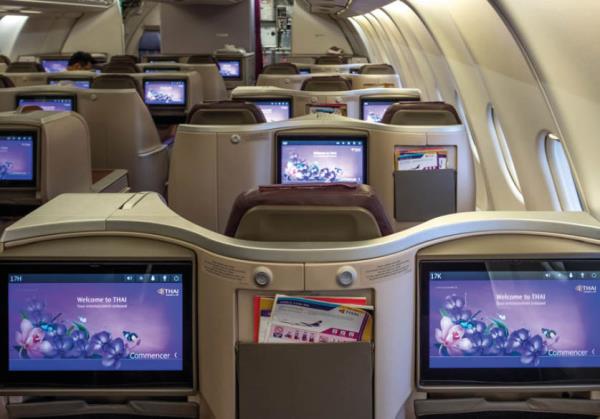08 October 2024

Vaibhav Magow, Vice President, International Division, Hughes Network Systems
In-flight connectivity (IFC) remains rare on Asian-Pacific airlines primarily due to cost. The initial investment in IFC technology can be significant, and many Asian-Pacific airlines might be hesitant to make this substantial financial commitment, especially if they perceive the demand for such services as not yet critical.
Beyond that, implementing IFC requires advanced technology and substantial logistical efforts, including downtime for aircraft installation. Airlines need to devote resources to placing their aircraft into maintenance, repair, and overhaul (MRO) facilities to perform the upgrades.
Historically, passengers in the Asia-Pacific region (including countries like Indonesia, Malaysia, and Thailand) may not have had the same expectations for in-flight connectivity as those in regions like North America, Europe, and the Middle East – which could be a factor in the slower adoption rates among airlines.
Taking to the skies
With the exception of Air-to-Ground (ATG) services – GEO, LEO, and Hybrid GEO/LEO IFC services are of interest to APAC-based airlines.
At Hughes, we are seeing APAC airlines laser-focused on providing fast, reliable connectivity onboard while minimising the weight, drag, and maintenance complexity. As many of these airlines fly some of the longest routes in the world, weight and drag become a critical component of the IFC technology.
Passengers are increasingly expecting high quality connectivity. It has become a differentiator for airlines, and travelers are willing to pay for it. Indeed, robust IFC is becoming a fundamental part of airline offerings in other regions, even if it sometimes requires additional expenditure by passengers.
As the number of air travelers in the Asia-Pacific region increases, their expectations will align more closely with those of travelers in North America, Europe, and the Middle East, where robust IFC is already a norm. Once a carrier adopts an effective IFC solution, it gains a substantial competitive advantage over airlines that don’t offer reliable connectivity.
As more airlines adopt IFC and the competitive landscape changes, passengers will likely expect this service, leading to an environment where they are more inclined to pay for reliable connectivity.
Staying aloft
In markets like North America, Europe, and the Middle East, customers have come to expect a robust IFC experience when they fly. That includes being able to stream movies, message friends and family, and overall use the internet like they are able to at home or in the office.
Overall, airlines can best meet the connectivity needs of their customers by selecting IFC technologies that are state-of-the-art and future-proof. This minimises the risk of technological obsolescence and ensures consistent service quality for years to come.
For airlines that need robust connectivity with little risk of interruption and that will be technologically relevant for years to come, multi-orbit is an attractive option. For marginally more money, the airline – and the customer – get a far better experience.
Beyond that, airlines should look to explore monetisation strategies for IFC that turn it into a profit centre. One option is to offer tiered connectivity services, including free basic access and premium high-speed options for an additional fee. Others include leveraging ticket or seat class base connectivity bundles. In all, selecting a fast, reliable service is key to delivering a competitive IFC service.
Across the industry, new hardware and software are making IFC more cost effective. New electronically steerable antennas (ESAs) that are smaller, lighter, and more efficient can lower the installation and operational costs of IFC systems.
Additionally, the use of software-defined networking (SDN) in IFC systems allows for more dynamic and flexible network management, which can optimise performance and reduce costs. SDN enables more efficient use of available bandwidth and can adapt to changing connectivity demands in real-time.
All aboard
For the next five years, we expect to see growth in IFC for the region. As APAC airlines are expanding their fleets by placing record-setting orders with Airbus and Boeing, connectivity is quickly becoming a must-have feature.
As IFC heads to the top of airlines’ list of onboard equipment, there is more pressure on the unconnected airlines to adopt connectivity. Combined with new advances in IFC technology, we are at an inflection point for the APAC IFC sector.







